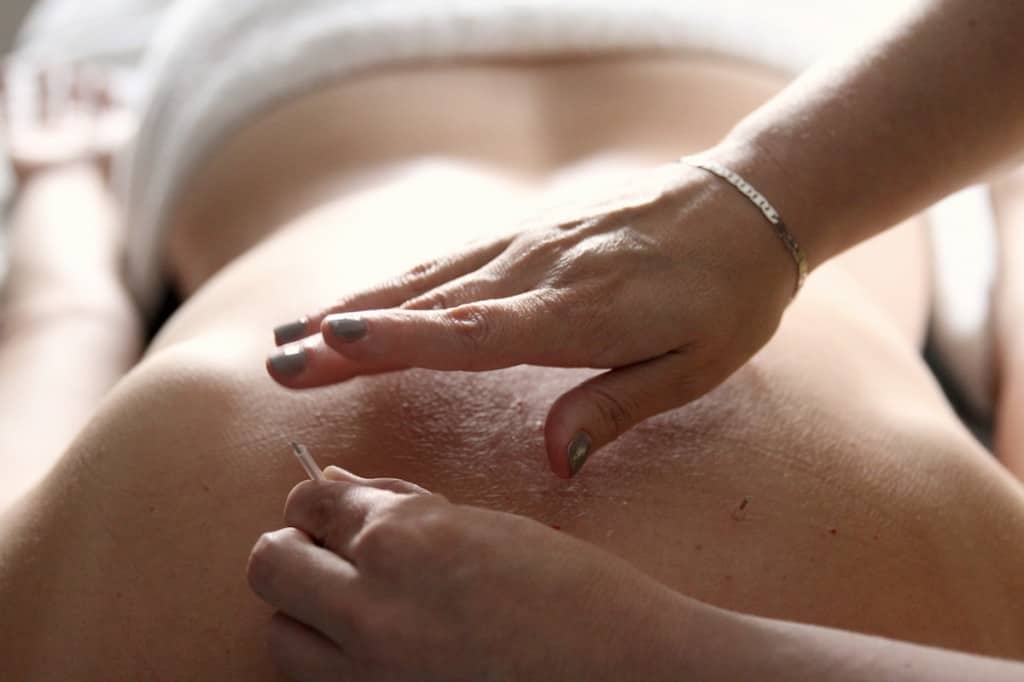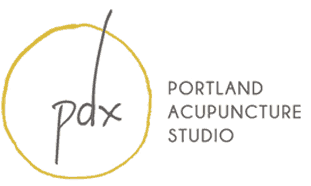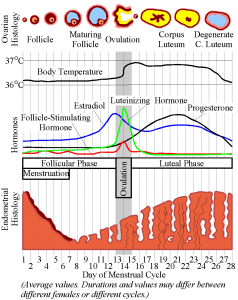
3 Mechanisms that Influence Conception: How acupuncture improves fertility
Welcome to Part 2 of my blog post series on how acupuncture and EAM can improve fertility. Each week I will discuss specific mechanisms, review the current evidence, and outline a typical treatment plan. Contact us with any questions. For updates, add this blog to your blog feeder, follow us on Twitter, or like us on Facebook.
Conception, pregnancy, and delivery of a healthy baby rely on the dynamic tension between and within the male and female bodies. For each sex, the balance and interplay between hormones and glands produces the healthy eggs and sperm. Healthy sex cells must then unite at exactly the right time to engender conception. For nearly 7.3 million people of childbearing age in America, this reproductive process is impaired and their fertility is challenged. Acupuncture and EAM may be able to help.
In today’s post, we will focus on the three primary mechanisms that influence your chances of conception, pregnancy and healthy delivery in women. As you probably already know, there is a feedback loop that regulates the reproductive hormones and menstrual cycle in women. At any place in this process, a negative outside influence or inside imbalance can cause the loop to be broken. Acupuncture and EAM may be able to correct these problems.
The first key to a regular menstrual cycle is to ensure the reproductive hormones are regulated and perform in the fashion illustrated in the chart to the left. Of course, there is some variability between women. Some women, for example, ovulate without fail on day 18 of their cycles, not day 14 as indicated above. This is completely normal for them. In other women, ovulation is less predictable, occurring some months on day 11, other months on day 15, and other still on day 13. Their ovulatory pattern is unclear and is less optimal and impedes a healthy conception. Hormonal irregularities can negatively affect the menstrual cycle.
Acupuncture can assist the body to normalize and regulate reproductive hormones. Hormone imbalances account for approximately 30% of women requiring in vitro fertilization (IVF). In research, acupuncture was shown to:
- Regulate the Hypothalamus-Pituitary-Ovarian axis which is the central regulating mechanism of the menstrual cycle;
- Reduce elevated Follicle Stimulating Hormone (FSH), which when elevated indicates the ovaries are not working efficiently or menopause;
- Reduce hormones that interferes with ovulation like Testosterone and other androgens, Inhibin B.
By regulating the reproductive hormones, the menstrual cycle is positively influenced. The uterine lining, menstrual and ovulatory regularity improved. The female body can then support a pregnancy. Acupuncture is less invasive, less expensive, and a safe treatment to normalize reproductive hormones compared to other medical treatments.
A common factor interfering with the menstrual cycle and ovulation is an altered metabolic process called insulin resistance. When a woman is insulin resistant, the body cannot metabolize blood sugar appropriately and androgens can increase causing the menstrual cycle and ovulation to be unfavorably affected. In groundbreaking research from Sweden, Dr. Stener-Victorin and colleagues found that acupuncture decreased insulin resistance. By increasing insulin sensitivity, acupuncture directly decreases androgens, regulates hormone balance, and increases ovulation.
This leads us to our third mechanism. Through the two previous mechanisms: regulating reproductive hormones and reducing insulin resistance, acupuncture and EAM is able to regulate and promote ovulation. After all, if ovulation never occurs, the egg and sperm cannot unite.
Chinese herbs may improve the number of eggs, regulate hormones and improve important biomarkers. There is limited research available to us in English, but much more in China, Japan, and Korea. From my own experience and research, the combination of acupuncture and Chinese herbs with diet and lifestyle recommendations tailored specifically to your clinical presentation yielded the best results. We will cover a typical treatment plan later in the series.
If you have questions, contact us. For updates follow us on Twitter, or like us on Facebook. Missed a part of the series? Here’s Part 1. Next week we will cover how pelvic blood flow, uterine lining and the menstrual cycle are affected by acupuncture and EAM.





